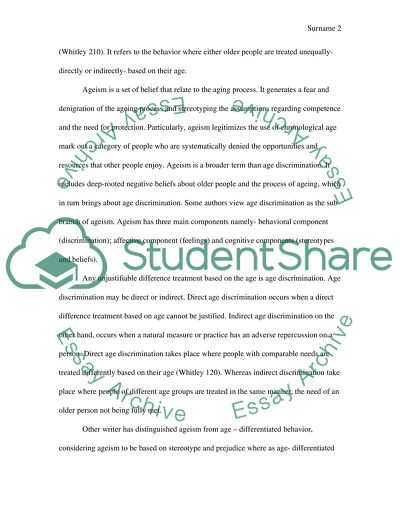Cite this document
(“Age Discrimination within the Health Care System toward the Young and Research Paper”, n.d.)
Retrieved from https://studentshare.org/sociology/1463920-discrimination-in-the-healthcare-system-against
Retrieved from https://studentshare.org/sociology/1463920-discrimination-in-the-healthcare-system-against
(Age Discrimination Within the Health Care System Toward the Young and Research Paper)
https://studentshare.org/sociology/1463920-discrimination-in-the-healthcare-system-against.
https://studentshare.org/sociology/1463920-discrimination-in-the-healthcare-system-against.
“Age Discrimination Within the Health Care System Toward the Young and Research Paper”, n.d. https://studentshare.org/sociology/1463920-discrimination-in-the-healthcare-system-against.


